EBRD: High energy prices to support economic growth in Azerbaijan
The economies of Armenia, Azerbaijan and Georgia are enjoying some of their highest growth rates in years, the European Bank for Reconstruction and Development (EBRD) reports in its latest Regional Economic Prospects (REP), Report informs.
“Azerbaijan is capitalizing on high levels of oil and gas revenues, as a result of elevated prices and increased export revenues, but also on the strong performance of its non-energy sector.
Meanwhile, Armenia and Georgia are benefiting from an inflow of Russian businesses and information and communication technology (ICT) professionals, boosting the service sectors of these small economies,” reads the report.
“However, the robust growth recorded for the region in 2022 will taper off in 2023, highlighting concerns about its medium-term sustainability. The report warns that current growth in the Caucasus is mainly driven by temporary factors that could easily be reversed.
For Azerbaijan, the uncertainty stems from energy prices but also from inflation. For Georgia, however, the risks are driven by uncertainty and the significant probability of external shocks. In the case of Armenia, these are further amplified by the country’s close ties to an increasingly isolated Russian economy.
The economy of Azerbaijan is forecast to grow by 4.5 percent this year, softening to 2.5 percent next year. In 2022, Georgia’s economy is projected to post growth of 8 percent, with a slowdown to 5 percent next year. Similarly, the expected growth of 8 percent in Armenia’s economy this year is likely to decelerate to 4 percent in 2023.
During the first half of 2022, inflation in the Caucasus gained momentum due to a new wave of price rises for energy and food. The central banks of all three countries responded by raising their policy rates.
Inflation has now fallen to an average of 10 percent, which is still high but significantly lower than the average of 16.5 percent across the EBRD regions as a whole.
In Azerbaijan, the strong performance of the non-energy sector led to 6.2 percent growth during the first seven months of 2022. The rising prices of hydrocarbons almost doubled export revenue, leading to large current-account and budget surpluses.
High energy prices are expected to support the country’s economic growth in the near term. The May forecast of GDP growth of 4.5 percent for 2022 and moderation to 2.5 percent in 2023 remains unchanged.
In Georgia, robust growth of 10.3 percent is supported by a pickup in tourism, which has almost reached pre-pandemic levels, and by an increase in money transfers (boosted by the temporary inflow of Russian businesses and technology-sector professionals).
These trends have helped to cover Georgia’s trade deficit and supported the appreciation of the lari, leading to an increase in foreign reserves. The growth is expected to continue, albeit at a slower pace of 8 percent in 2022, which remains significantly higher than the 3 percent growth previously predicted.
For next year, the report expects this trend to moderate further to 5 percent, in line with the previous forecast.
In Armenia, the solid recovery seen in 2021 carried strong growth momentum into 2022, with economic growth reaching 13.1 percent in the period from January to July. As in Georgia, the arrival of many people and firms from Russia led to an increase of 113 percent in foreign inflows and boosted demand for services.
This has helped Armenia to finance its widening trade deficit. Foreign reserves have also increased by 20 percent and the exchange rate by 18 percent. The report forecasts robust growth of 8 percent in 2022, up from a previous estimate of 4.5 percent. The slowdown is expected to be less gentle, with a drop to 4 percent likely in 2023. However, the latest growth estimate for 2023 remains above the earlier projection of 2.5 percent.
Overall, the EBRD predicts growth of 2.3 percent in output across its regions in 2022. While this is an upward revision of 1.2 percentage points relative to its May forecast, the Bank warns of subdued growth in 2023, revising projected growth figures down by 1.7 percentage points to 3 percent.
Projections are subject to further downside risks, should the war on Ukraine escalate.
Bütün xəbərlər Facebook səhifəmizdə





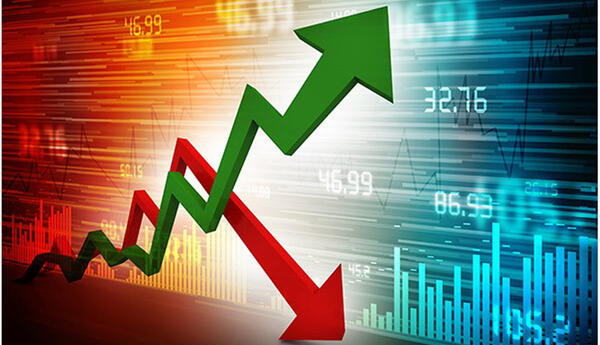


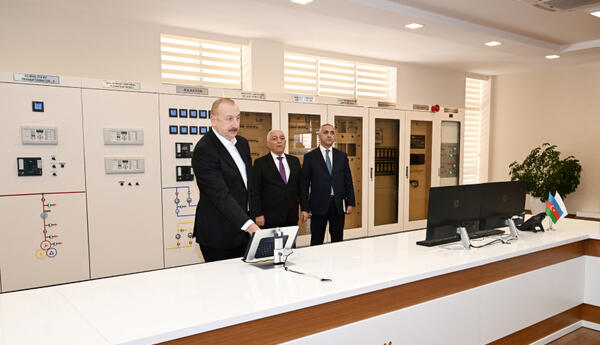
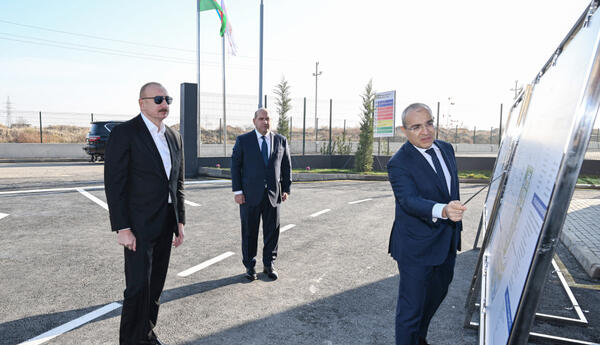

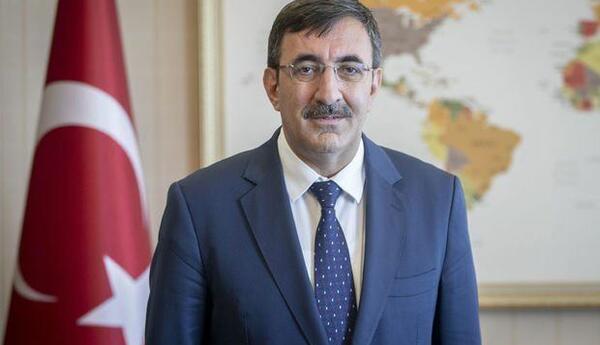
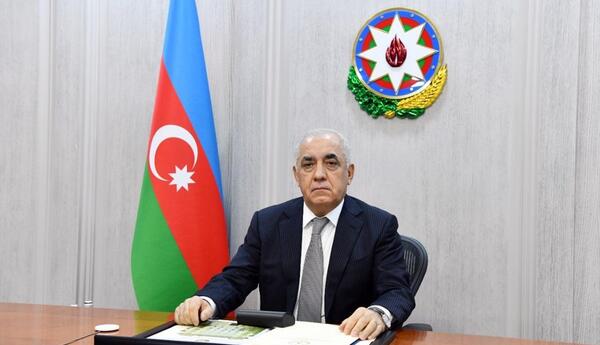


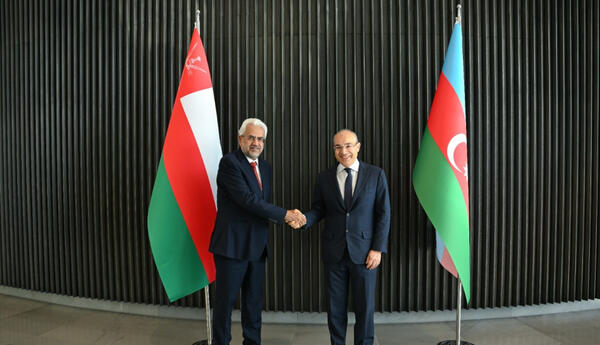






.jpg)








 USD
USD
 EUR
EUR
 GBP
GBP
 RUB
RUB